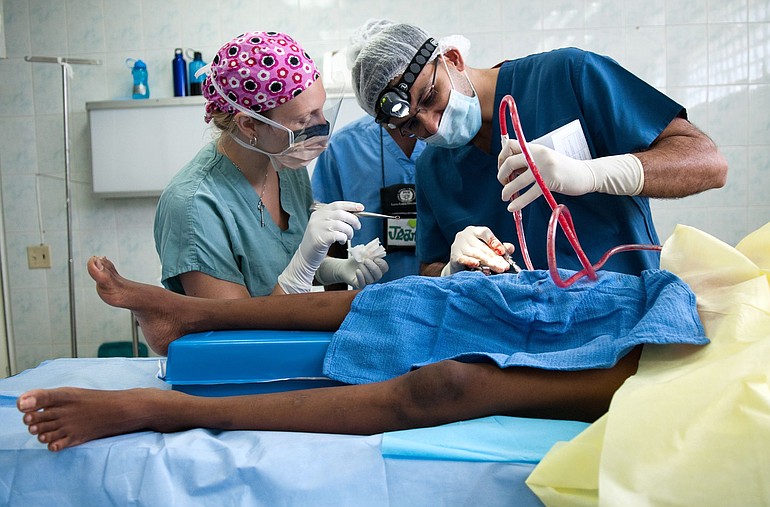o The 7.0-magnitude earthquake on Jan. 12, 2010, killed an estimated 222,570 people in Haiti and injured 300,000 people, according to a review published this week by the U.S. Centers for Disease Control and Prevention.
When people saw the scenes of devastation on their TV screens, it didn’t take long for many of them to respond to the earthquake in Haiti.
But even before the television coverage notified the world of the disaster on Jan. 12, 2010, two Clark County families were intimately involved in it.
Washougal resident Walt Ratterman was trapped and killed when the Hotel Montana in Port-au-Prince was shaken to pieces.




